The "iPhone Fold" exists only in patents and internal testing, but Apple could soon push for a consumer product release. Rumors have been scarce, so information about the product comes primarily from patents.
Evidence shows Apple is considering folding technology. While Apple is rarely the first to new technology, it is known to investigate it via testing and patents until it matures.
Apple could be developing a tablet that folds into a phone or a clamshell that opens up into a full-screen phone. The difference is minimal but notable. Samsung sells two "foldable" devices — the clamshell Galaxy Z Flip and the tablet Galaxy Z Fold.
Going forward, we will consider the product an iPhone capable of folding one way or another and refer to it as the "iPhone Fold." Leaks and speculation suggest the "iPhone Flip" is also a possibility, but Apple could avoid these terms entirely and may not even refer to the device as an iPhone.
Rumors became more scarce surrounding the iPhone Fold through 2023. The rumor cycle for the product spiked in 2022 and cooled until early 2025.
Apple Vision Pro and Spatial Computing seem to be the top priority for Apple going forward. That may eliminate such risky experiments as a foldable iPhone, at least until the risk is near zero. More likely, the foldable fad will die well before the tech catches up to make it viable.
A rumor in October 2023 suggests that Apple has begun "intensive development" of a folding iPad with it due to be announced by the end of 2024 or early 2025. However, these rumors haven't explained why Apple would pursue the form factor.
Another rumor popped up in February 2024 suggesting at least two prototype foldables were being developed at Apple. However, the project could be canceled at any time if it doesn't meet Apple's standards.
Slim iPhone 17 rumors and potential for an "ultra" suggest Apple is trying to discover new form factors and price points to entice customers. An iPhone Fold would be Apple's most expensive model, starting north of $1,500.
More slim devices will need thinner batteries, but one rumor from yeux1122 suggests the thinnest battery available for such devices is 6mm. So, Apple won't be able to target anything smaller anytime soon.
Rumors appearing in the second half of 2024 suggest an iPhone Flip form factor is in the works, though a release date is still in the far future. At first late 2026 was possible, but that has shifted to early 2027 or 2028.
However, Ming-Chi Kuo has suggested that a late 2026 or early 2027 release window is possible. That March 2025 rumor included a lot of additional information about the potential foldable.
Kuo says that the initial iPhone fold will:
- Cost between $2,000 and $2,500
- Utilize a book-like design
- Its outer screen will be 5.5 inches
- Its folded-out inner screen is to be 7.8 inches
- The folding screen will have no creases
- Dual camera rear lenses
- Opened screen has front camera
- Folded thickness approximately 9mm to 9.5mm
- Opened thickness approximately 4.5mm to 4.8mm
- No Face ID
Rumors also suggest a larger foldable Mac-like device is in the works for around 2028. It would be a clamshell device with a fully-open display size of about 18.8 inches.
"iPhone Fold" Features
The folding iPhone will still, first and foremost, be an iPhone running iOS. Expect feature parity with whatever flagship device it launches alongside, maybe the iPhone 16. It is likely that if Apple releases the "iPhone Fold," not much else will differentiate the product besides the folding gimmick.
Design
One disadvantage of a folding device is its thickness. No matter how thin the device is when open, it will double its thickness when closed. This could lead to issues when trying to fit it in your pocket or bag.
Apple has trended towards thinner devices over time, but it doesn't always. The iPhone 13 is notably thicker than the iPhone 12, and the iPhone 14, iPhone 15, and iPhone 16 are just as thick, but a folding device may be thinner than any iPhone when opened.
Some suggest the rumored iPhone 17 Slim would open the door to a thin-enough base for a future Apple foldable. It would be another year or two, some suggesting 2027 at the earliest, before a foldable debuted.
Folding devices also have moving parts like hinges. This will lead to wear and tear as the device is opened and closed over time. Apple has a long history of working on hinge technology, from MacBook lids that open with a single finger to the Magic Keyboard for iPad Pro that holds the device aloft without fail. Whatever hinge system Apple devises for the "iPhone Fold," it will likely be an innovation for the market.
Earlier rumors indicated Apple developed a foldable similar to the Microsoft Surface Duo. Jon Prosser said the device resembled an iPhone 11 on a hinge with two separate displays. This rumor hasn't been repeated since it appeared in June 2020.
More recent rumors suggest Apple has decided upon the "flip" style device. It would feature a clamshell design akin to the Gameboy Advanced SP that opens into a phone and closes into a small square that can be pocketed.
Apple could utilize capacitive buttons like those previously rumored for iPhone 15. Or, at the least, change out a mute switch for a programmable Action Button.
Display
Future iPhones will likely see little change in display technology. The current generation of iPhones uses OLED displays, which already have flexible properties and could make their way into a foldable iPhone.
Large-display devices have shifted to mini-LED, but the iPhone has stuck with OLED due to having more advantages on a smaller display. OLED will likely be used in a folding iPhone due to the flexibility of the display type.
When OLED was first introduced to the mobile space, manufacturers showed off displays that could be folded or rolled up using the technology. This will be key for Apple's folding display, where mini LED might not allow such flexibility.
A folding device can be built in several form factors. It can be a clamshell device that flips open into a phone-like device, or it can be a phone-like device that opens into a tablet. Some manufacturers use multiple displays in a clamshell for their foldable. However, this is more of the halfway point to true foldables, which have folding displays.
Rumors indicate that Apple has already begun testing these two folding types, comparable to the Samsung Galaxy Fold (horizontal fold) and the Samsung Galaxy Flip (vertical fold). Both passed the initial tests, but rumors say Apple has decided to move forward with the "flip" style.
Tests are being conducted using OLED and micro-LED, though it is unknown which will fit Apple's final design and supply requirements.
If there is an external display, it will likely inherit the always-on mode found in iPhone 14 Pro and iPhone 15 Pro. The display dims but doesn't turn off — showing the time, widgets, and other data.
Supply chain reports in December 2023 suggest Apple is still considering a foldable device, but no timeline has been set. It could be years, if ever, before such a device is released.
Another rumor shared in June 2024 suggests Apple could implement a folding display that remains on the outside of the device when closed, similar to Huawei Mate Xs 2. It would mean having the most sensitive components including the folding portion of the display that wraps over the hinge on the outside at all times.
Cameras and Biometrics
Apple tends to put multiple cameras in its most premium devices, and the trend will likely continue for the "iPhone Fold." A standard device has only a front and a back to house cameras, but a folding device has a front, back, outside, and inside to consider.
Cameras have become essential parts of the iPhone, so an ultra-premium folding iPhone will need best-in-class cameras. A foldable will have a camera on the "front," which acts as the rear camera when open. Apple will have an interesting decision to make when building the folding iPhone, like where to place Face ID.
Apple will likely take the most straightforward approach. The selfie camera and Face ID will appear above the usable screen on the "inside." When open, whatever portion is considered the "outside" will house the rear camera system with LiDAR. It is unlikely Apple will make the device more complex than that, especially for the first-generation release.
Our renders were created before the Dynamic Island was revealed, but it is easy to assume it will be used in the folding design too. It isn't clear where it would be placed, but it would need to be away from the center crease.
A folding device complicates how a user will interact with it regularly. Authentication should be able to occur regardless of how the device is currently positioned. The best way to solve this is a Touch ID sensor on the external casing like what is used on the iPad Air 4, iPad Air 5, and iPad mini 6.
Apple could also implement Face ID, but if it is only available when the device is "open," it would limit authentication opportunities. A Face ID and Touch ID combination is possible for the "iPhone Fold."
Rumors suggest Apple may rely solely on Touch ID since it is always available regardless of whether the foldable is open or closed.
Processor
Apple uses A-series processors for its iPhone line, so the most obvious choice for the "iPhone Fold" would be the A17 Pro or later, depending on when it releases. However, given the hybrid nature of this device, Apple could also use an M-series processor to ensure maximum performance.
M-series processors are available in iPad Pro and iPad Air. It has not been used in smaller devices like the iPad mini or iPhone, but that could change for an ultra-premium device such as "iPhone Fold."
An A17 Pro or later with 8GB of RAM will be required to run Apple Intelligence. A device like the iPhone Fold could have an M-series processor with at least 16GB.
MagSafe
Apple introduced the MagSafe accessory and charging system with the iPhone 12 lineup. It is currently used to attach wireless chargers or accessories such as cases magnetically but could be altered to transfer data in the future.
Apple transitioned the iPhone lineup to USB-C in 2023 for the iPhone 15. Previous rumors suggested Apple would make a port-less iPhone and rely on MagSafe for data and power, but those rumors haven't surfaced in a long time.
The rear case of the "iPhone Fold" should have plenty of space for a MagSafe Charger, Wallet, or other accessories. Specialized accessories could also be introduced for the form factor.
MagSafe was upgraded to charge at up to 25W with the iPhone 16 lineup, so the upgraded MagSafe will likely come to an ultra-premium foldable.
"iPhone Fold" Patents
Apple files patents for anything and everything it experiments with internally. These patents range from general concepts of a device to specific illustrations and use cases. The earliest patents for a folding iPhone date back to 2016, showing Apple has been long-interested in the technology.
Flexible display patents
A patent describes a rolling mechanism that could expose a display by sliding. This could be done with a scroll-like function or a more rigid display with two halves of a device overlap and slides open to show more display underneath.
Other patents describe using scroll-like functions to store and reveal the display by pulling it free from a cylinder. Apple even described the screen as usable when rolled up, which could be useful for notifications and other information.
Hinge patents
One patent shows a complex hinge using gears that may allow a display to open inwardly or outwardly on the same device. This means a device may start closed in a clamshell, open into a tablet, then continue bending outward until the screen folds back on itself into a phone-like screen.
A different patent describes articulating hinges rather than gears that open to a 90-degree angle. This patent calls out scroll-like displays being used with this hinge structure.
Apple also has patented batteries that connect across a hinge. So rather than using two different battery cells, one single cell can fill the hinge space for more capacity.
Utilizing stacked batteries could also provide more capacity in a smaller space, thus reducing the need for batteries on both sides of the device.
Other patents
A foldable device doesn't have to be a single device. A patent says that users may be able to bring devices close together to share screens. This means a custom case could combine two iPhones into a "foldable" similar to the Surface Duo.
Using device sensors to determine proximity and positioning, multiple devices could create a multi-screen operating environment that shows the same data.
While not the same as a foldable, this could indicate future functionality of the "iPhone Fold." For example, the foldable would function like a Surface Duo, then the user could separate the device into distinct pieces for singular use or gaming functionality, like a Nintendo Joycon.
Apple has also patented a flexible case that remains rigid in some portions and bends in others using layers. The case will be necessary to protect a device that is constantly changing shape and may be easier to drop due to constant handling.
Industry problems and lessons learned
As with most new tech, Apple isn't anywhere near the first to attempt foldable devices. Samsung has spent a few years working through the initial problems associated with such products in the public eye.
The first Samsung Galaxy Fold launched in April 2019 with a horizontal fold that opens into a tablet. This form factor was much-desired by the tech community and was heralded as a sign of the future of technology.
However, the Galaxy Fold proved to be a "beta" product release with untested technology that left the customers disappointed. The device was easily broken, the screen had a crease down the center when unfolded, and a protective film was easily removed, which ruined the screen.
Its design was very much a Galaxy phone that could fold with no other considerations made for the technology. It folded into a double-thick device with a tiny external display and opened into a creased screen with a giant notch out of one side.
Folding technology was not ready for primetime, and Samsung likely knew that, given the price point of over $2,000. The Galaxy Z Flip that followed took a lot of the lessons learned from the Galaxy Fold, and it made for a much better experience overall. By the release of the Galaxy Z Fold 2 in late 2020, Samsung appeared to have solved many of the problems of its "beta-generation" device.
The Galaxy Z Fold 2 was much thinner, no longer had a creasing problem, eliminated the notch, and made the overall experience feel more polished. The accompanying software was also much more complete than in previous iterations.
If Apple does launch an "iPhone Fold," the company will have had plenty of time to learn what not to do based on the rest of the industry. Samsung will have also had the time to perfect its folding display technology in time for Apple's first device.
Fads come and go. While foldable phones are still on the market, they appear to have fallen into a less exciting, "this device exists" category away from the flagship spotlight. Outside of those buying the products, there doesn't appear to be much fanfare.
Foldable Macs
Rumors continue to emerge about an extra-large foldable that would run on macOS. No, this isn't referring to the existing MacBooks with a hinge, but a new all-display product that can open into a laptop-style form with screen on top and touch keyboard on the bottom.
The device would have a 20.3-inch display when unfolded and one half would be 15.3-inches. So, it would be the equivalent of a 15-inch MacBook Pro.
In order to release such a product, Apple would need to make macOS much more touch friendly and modular. Apple has already laid the groundwork with new iOS-like design.
Of course, this device could run iPadOS instead. However, rumors calling it a Mac suggest otherwise.
WWDC 2023
Apple announced updates to its operating systems like iOS 17 and new hardware like Apple Vision Pro, but there still wasn't any sign of an Apple foldable. Software announcements and features can sometimes hint at future products, but none seem to suggest a foldable is coming.
One effort Apple has focused on is Lock Screen customization and a dashboard-like feature called StandBy. These features have obvious use cases for foldables with an external display.
"iPhone Fold" Release speculation
The usual leakers responsible for sharing release windows have been quiet about the "iPhone Fold" so far. Apple has been rumored to be prototyping different device form factors and display types via its manufacturing partner Foxconn. This means it could be many months, if not years, before a final design is chosen and manufacturing begins.
Apple will also need to develop software specific to its folding device, but that shouldn't prove overly challenging for the company. Apple already ships iOS for the iPhone and iPadOS for the iPad, and both of these are optimized for their respective devices and touch. Apple's foldable could use either or both operating systems depending on the form factor.
Developers are already encouraged to format their apps for various screen sizes, and M1-based Macs have pushed that further by bringing adjustable windows to iPad apps. This means all the information for display changes should be baked into any apps when the "iPhone Fold" launches and any additional adaptation shouldn't be complicated.
Apple analyst Ming-Chi Kuo says that if Apple can overcome all of the foldable phone technology issues, it could release a foldable in 2026 at the earliest. If the product is ever released, expect it at a significant price point of $2,300 or more.
Rumors in 2025 place Apple's foldable launch in 2027 alongside the iPhone 19, or iPhone 20 if Apple repeats the iPhone X anniversary release. Either way, the long rumored device remains at least two years away.
Apple may never release an iPhone Fold as technology trends and fads shift.
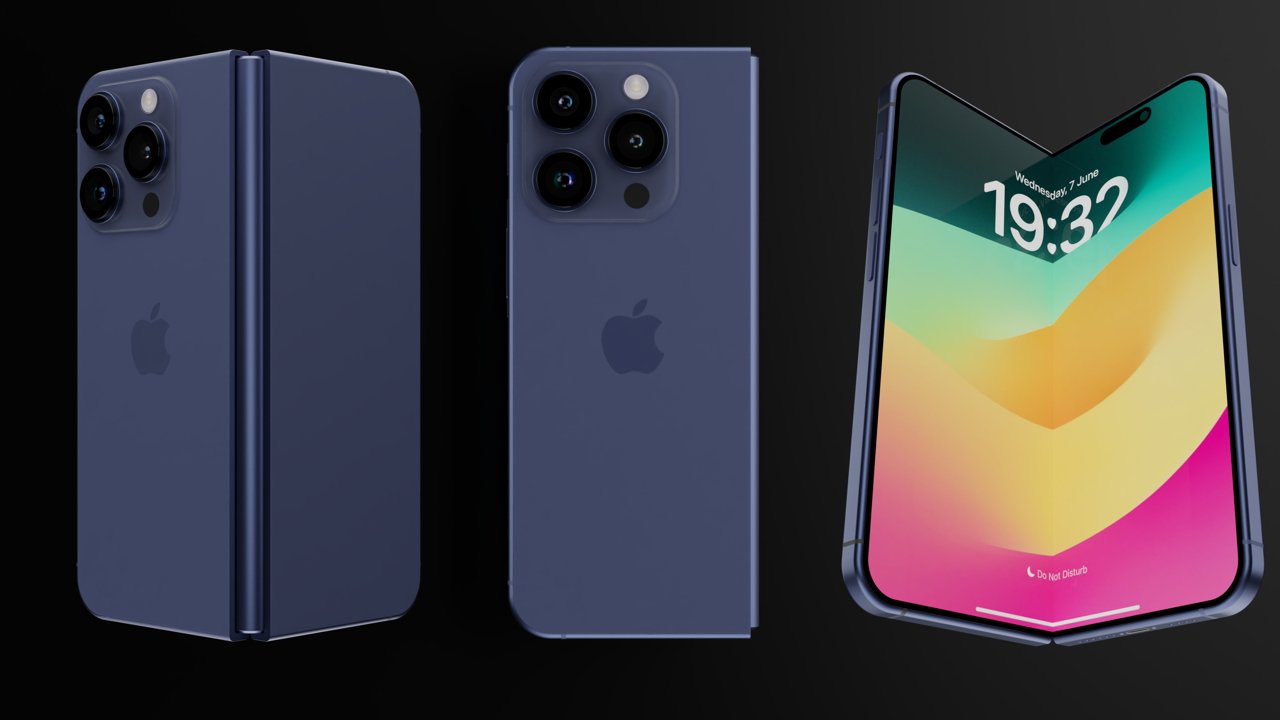
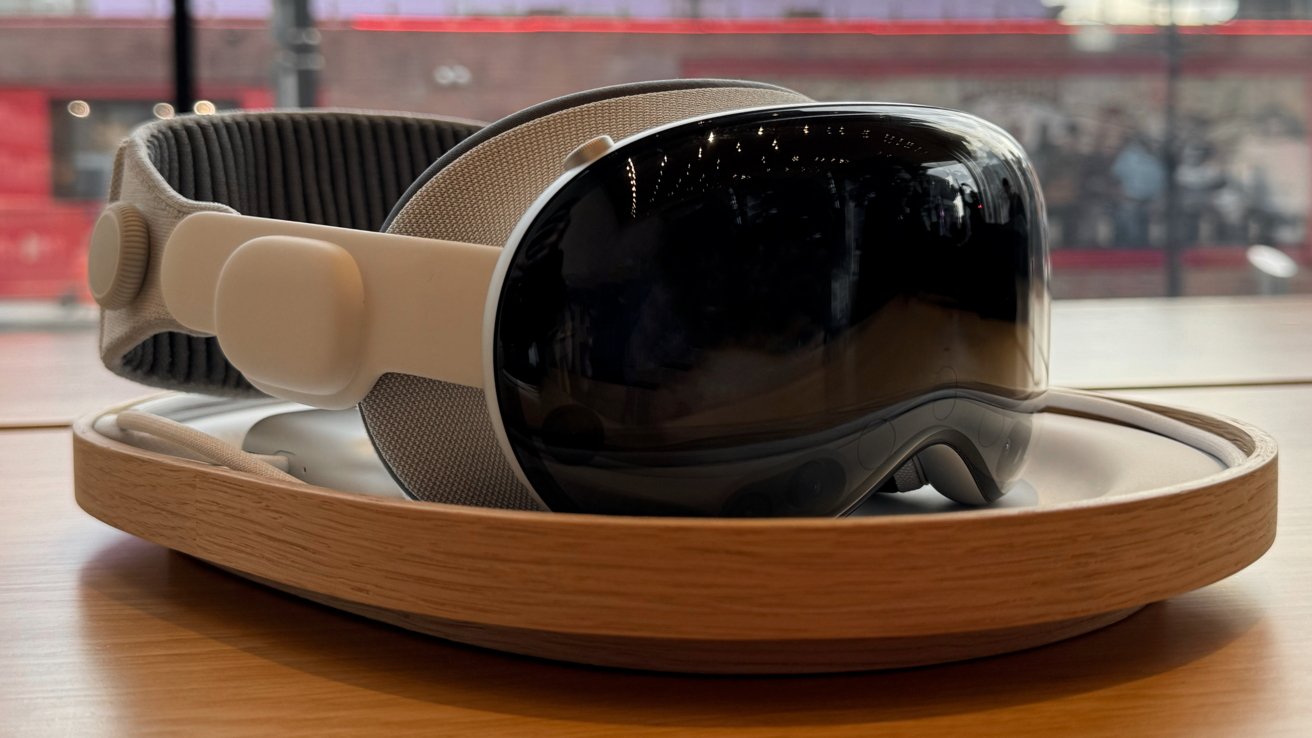
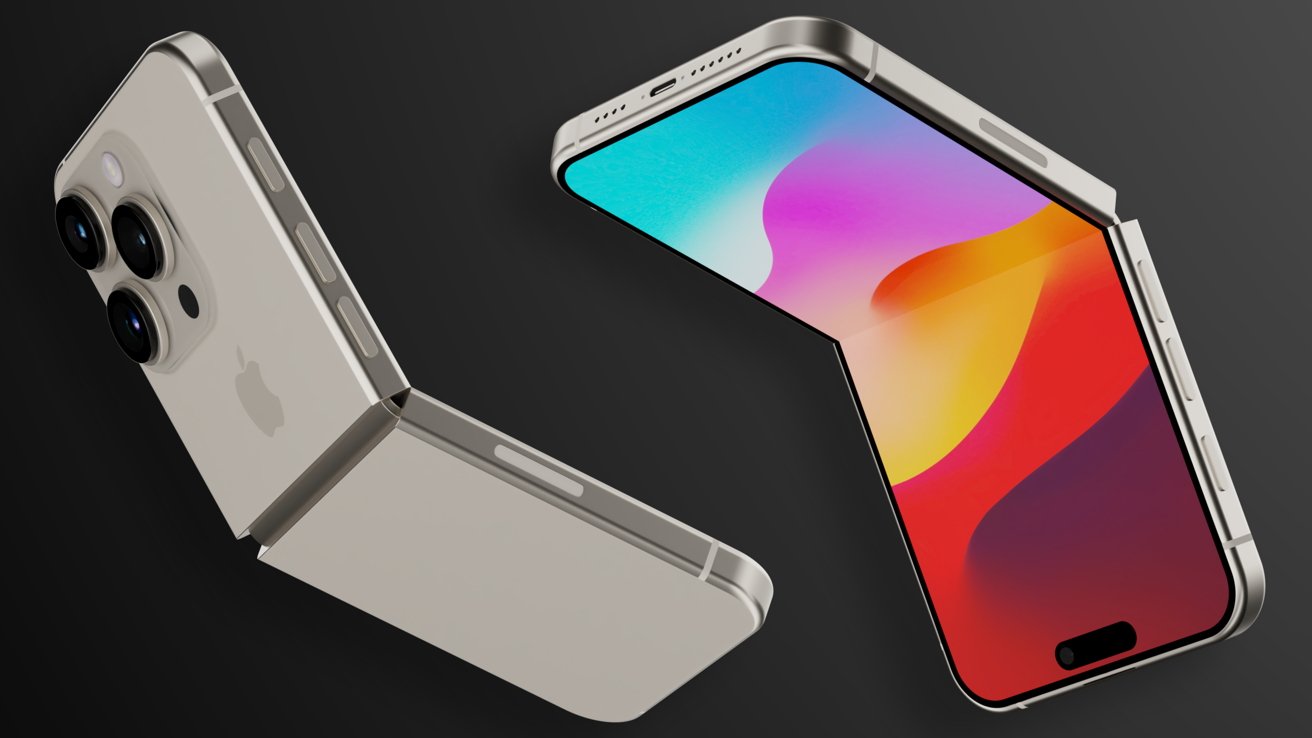
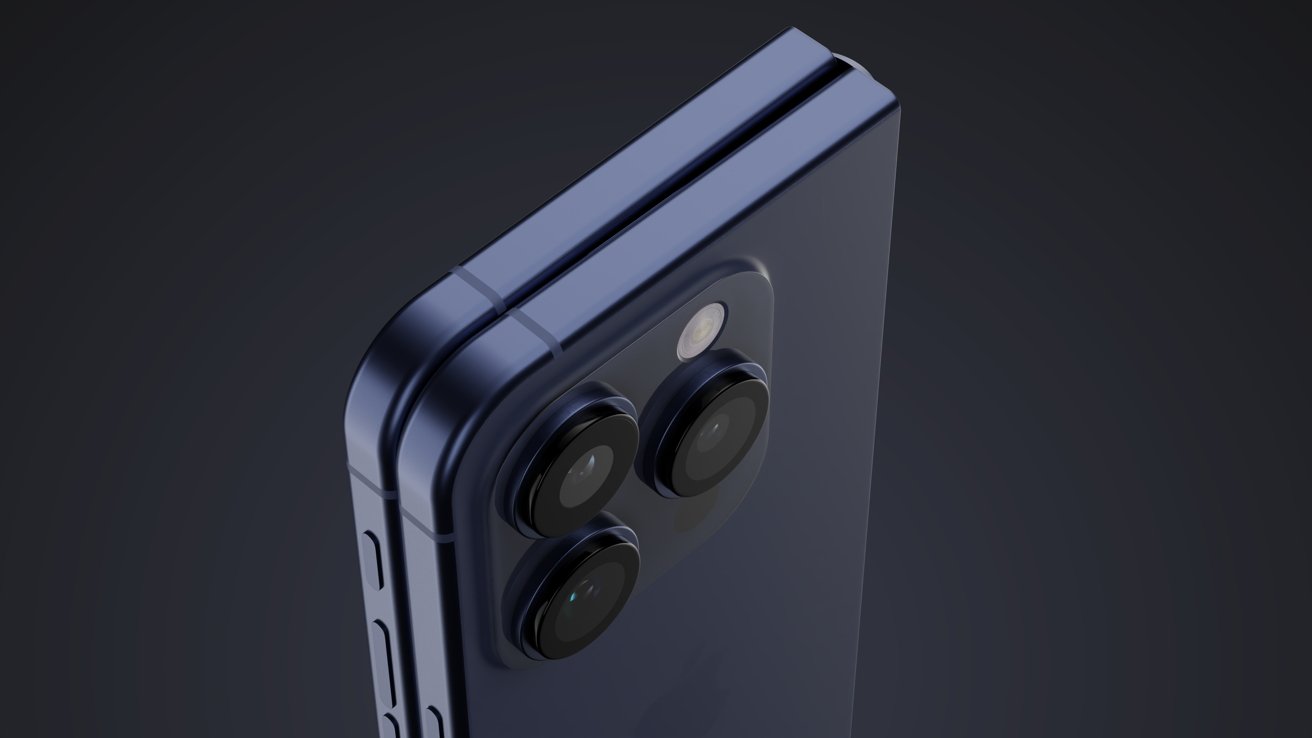
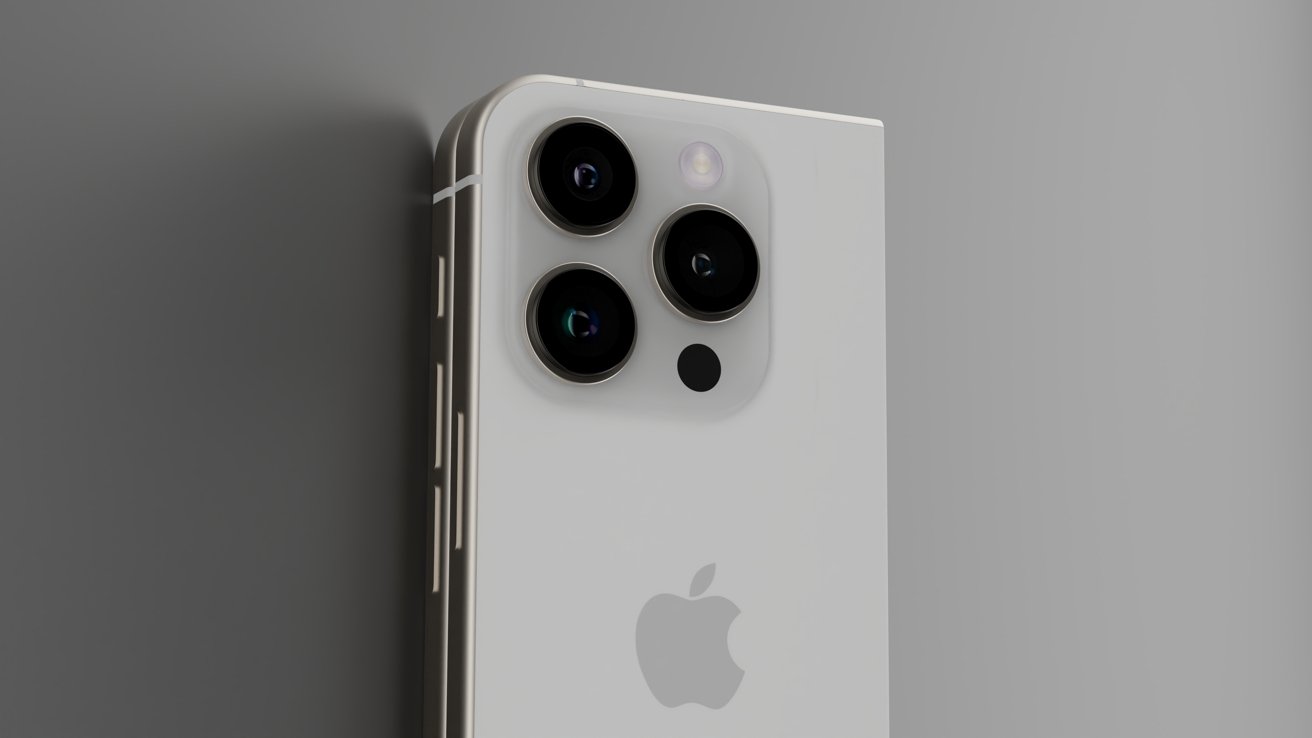
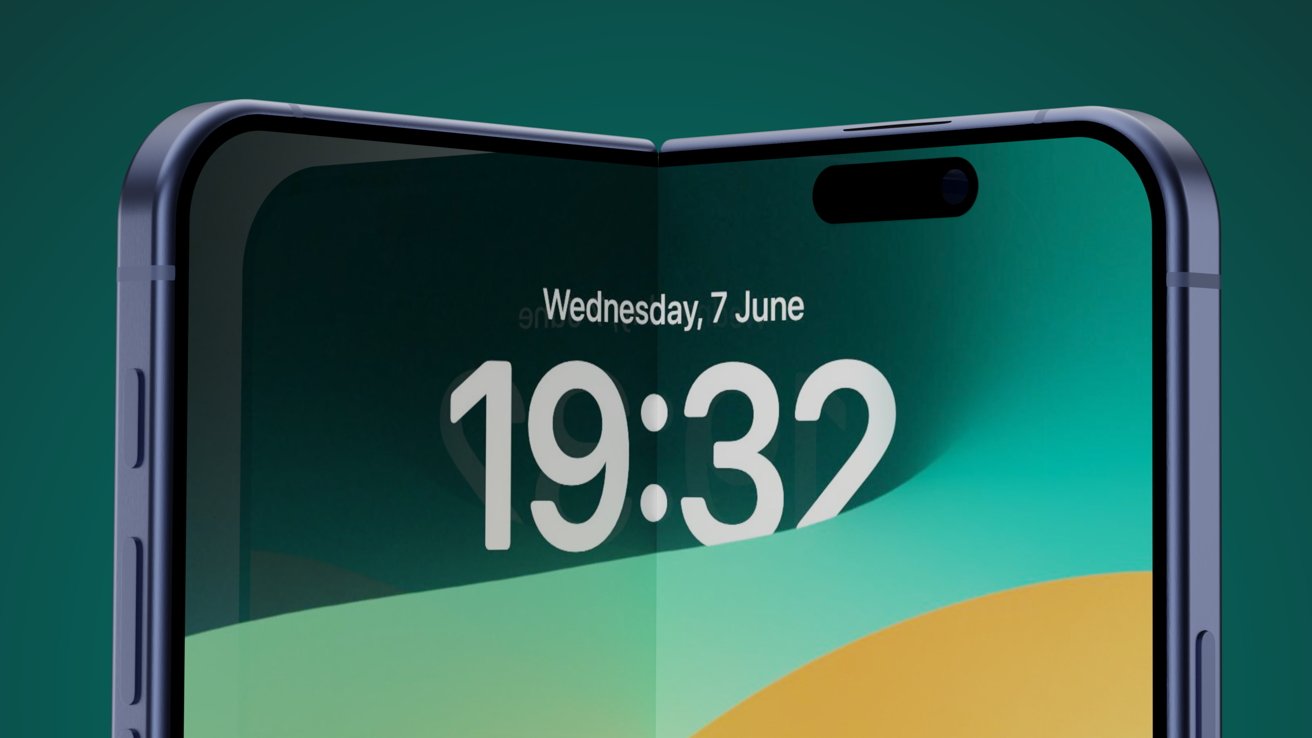
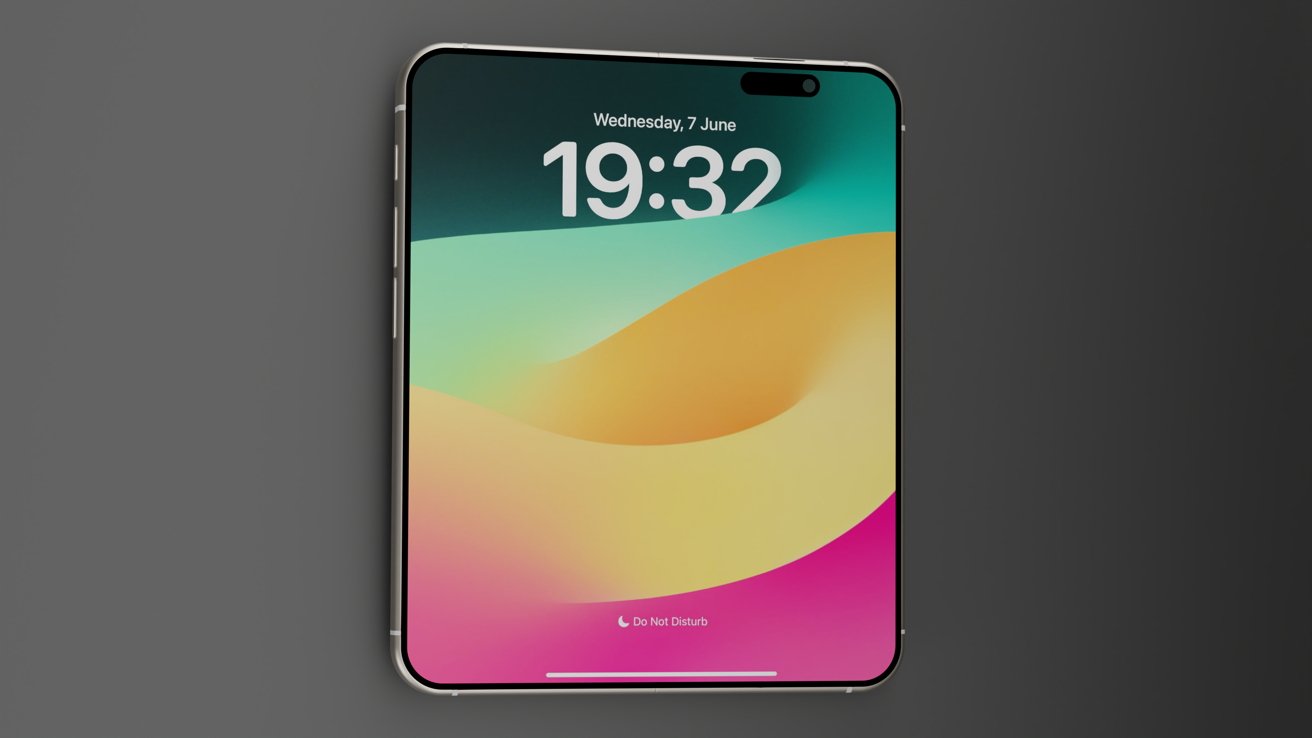
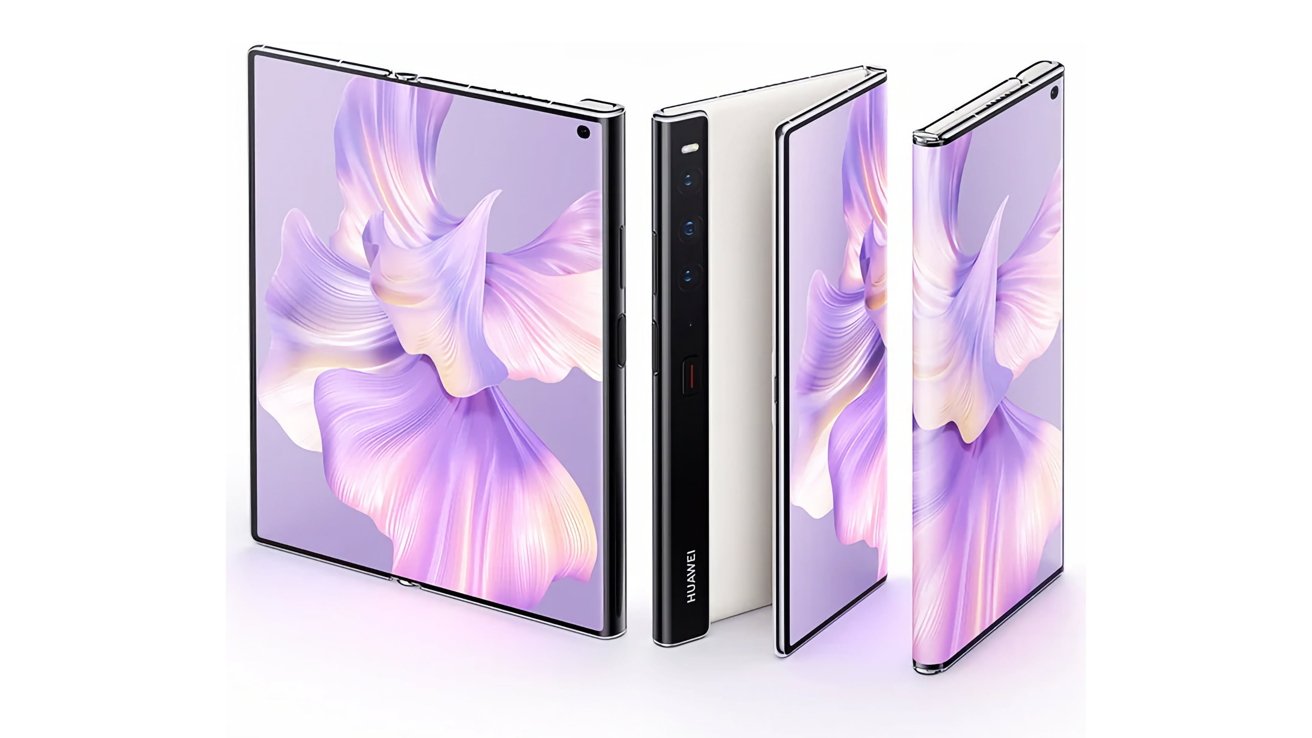
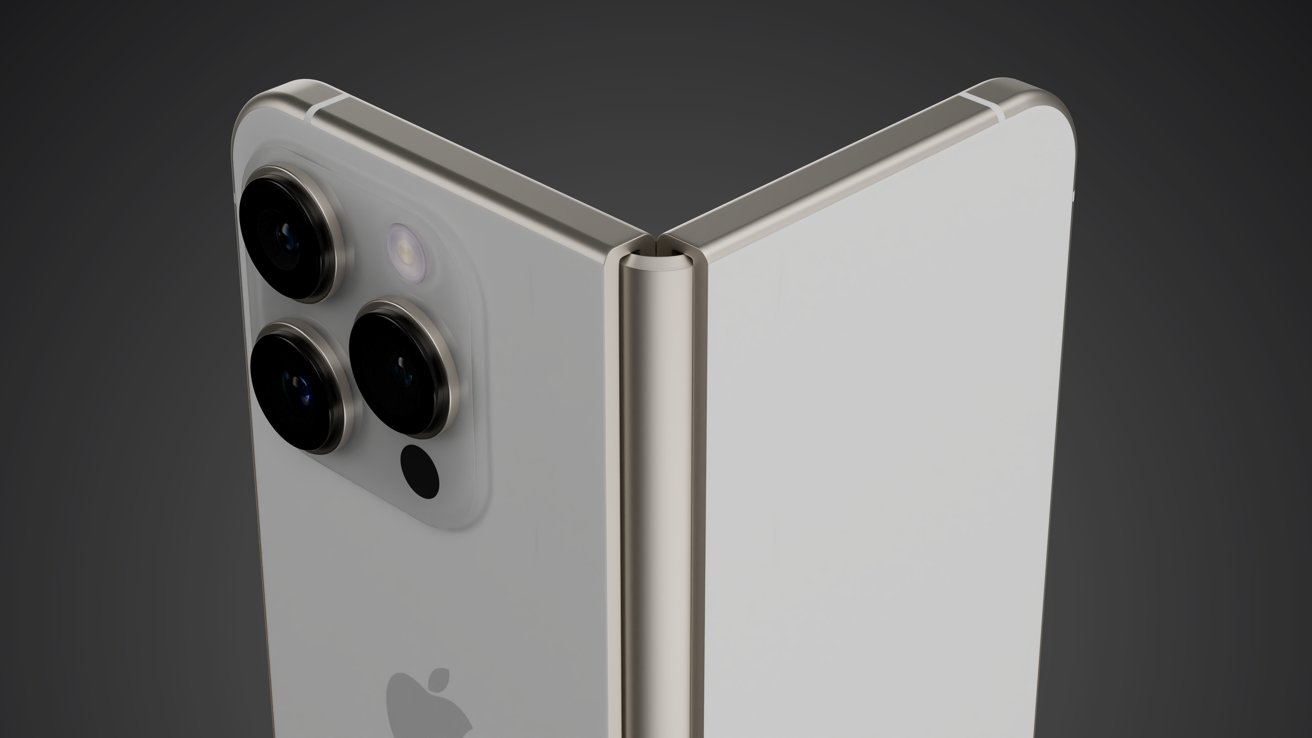
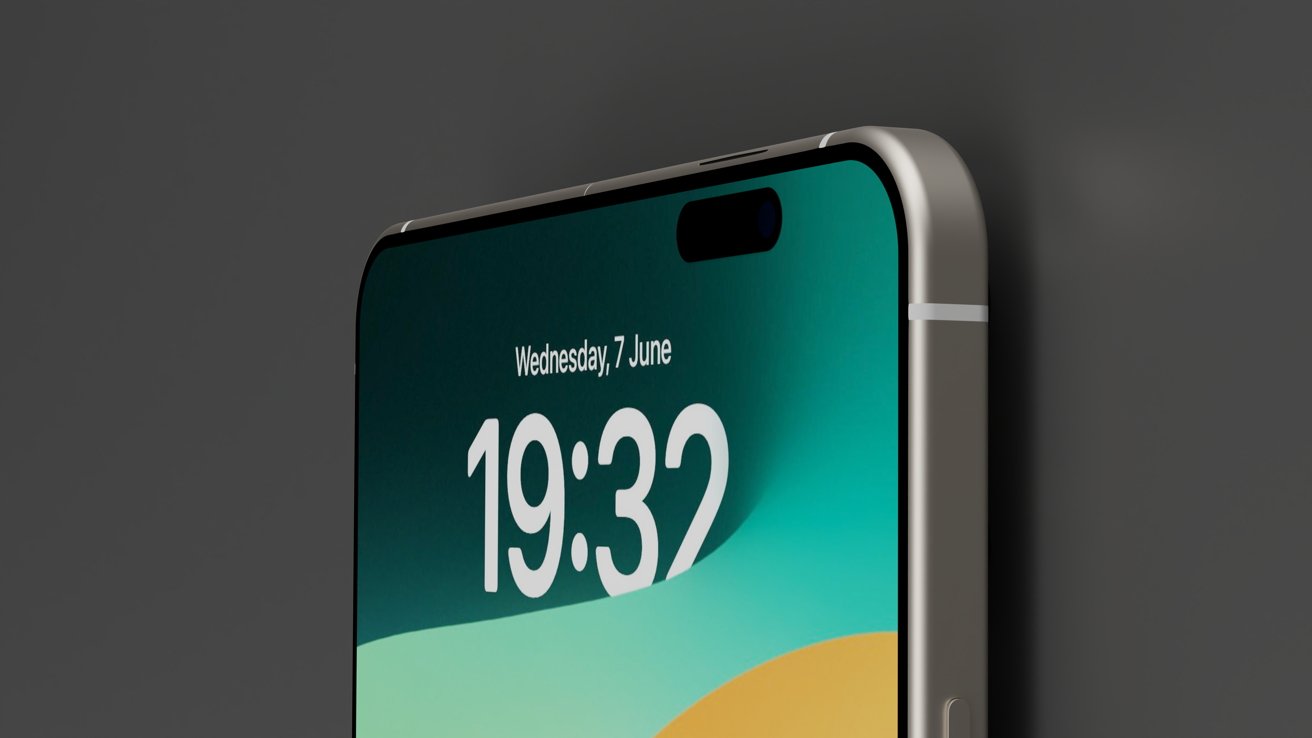
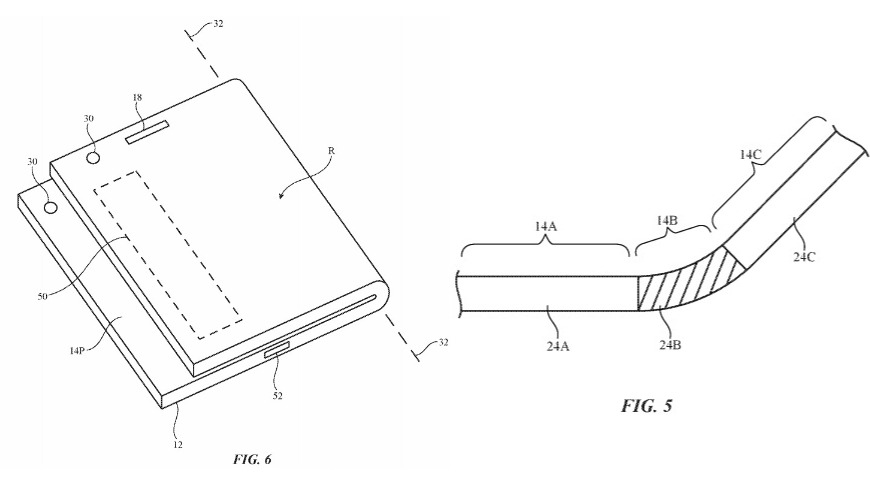
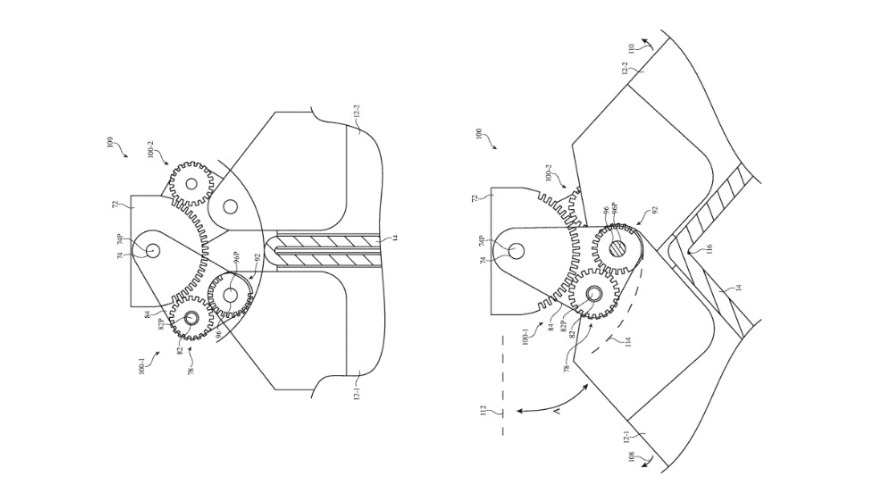
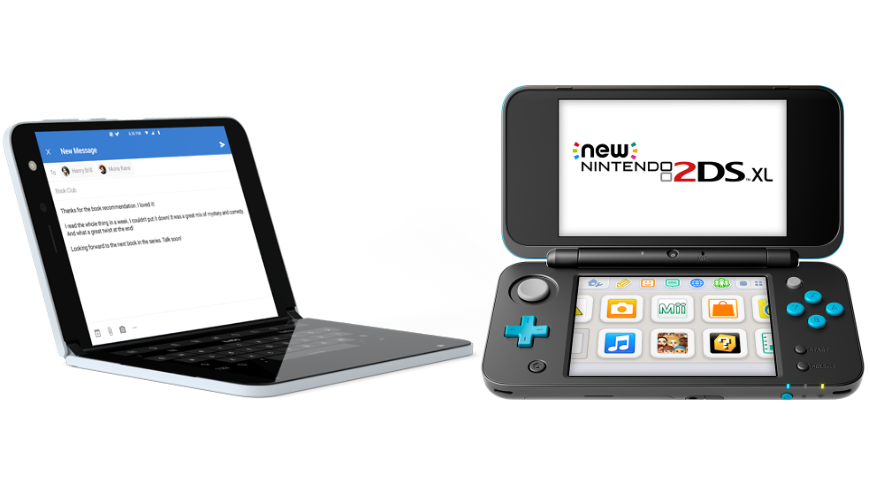
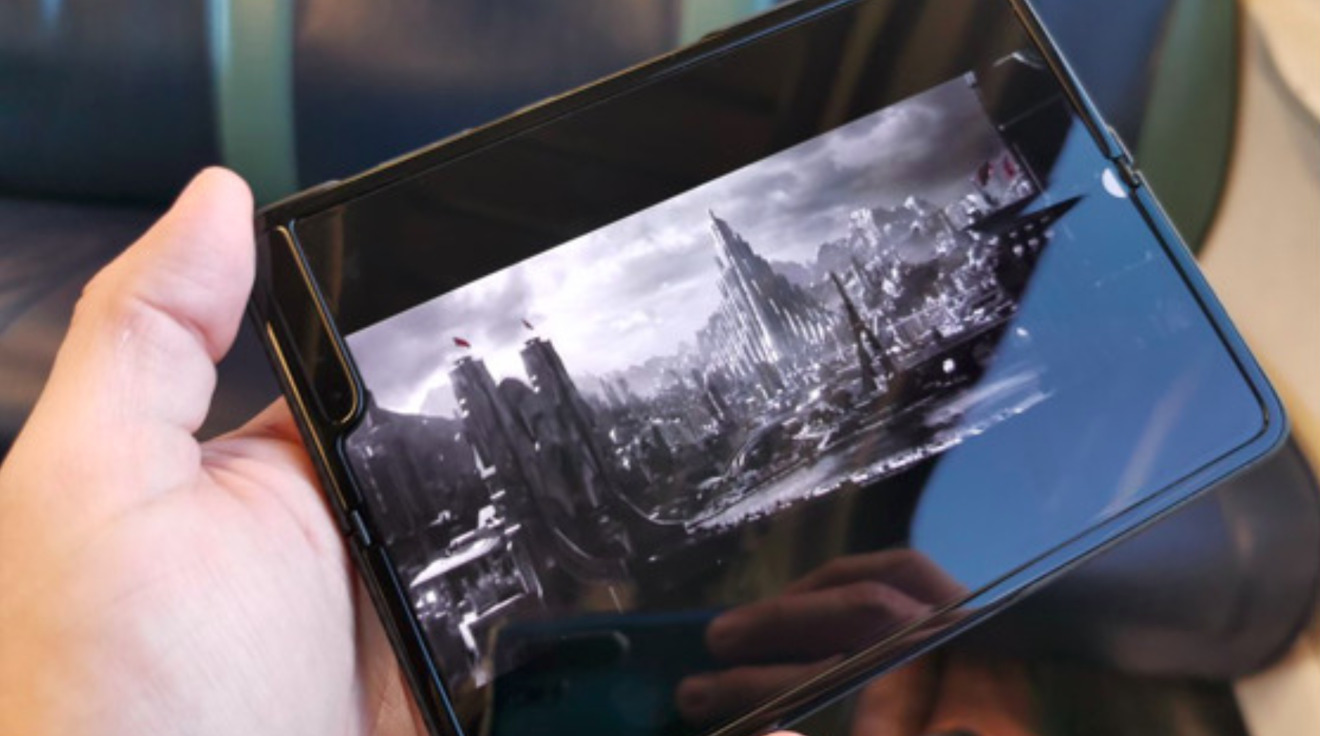
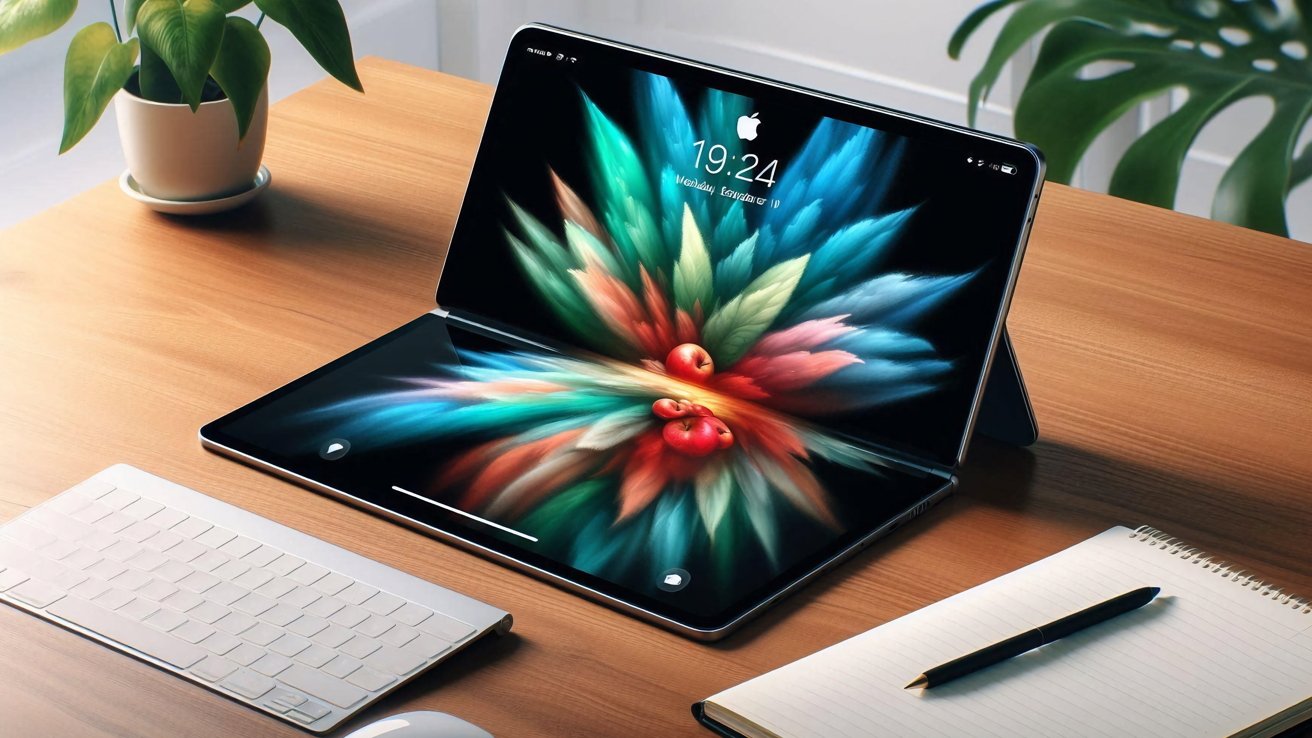
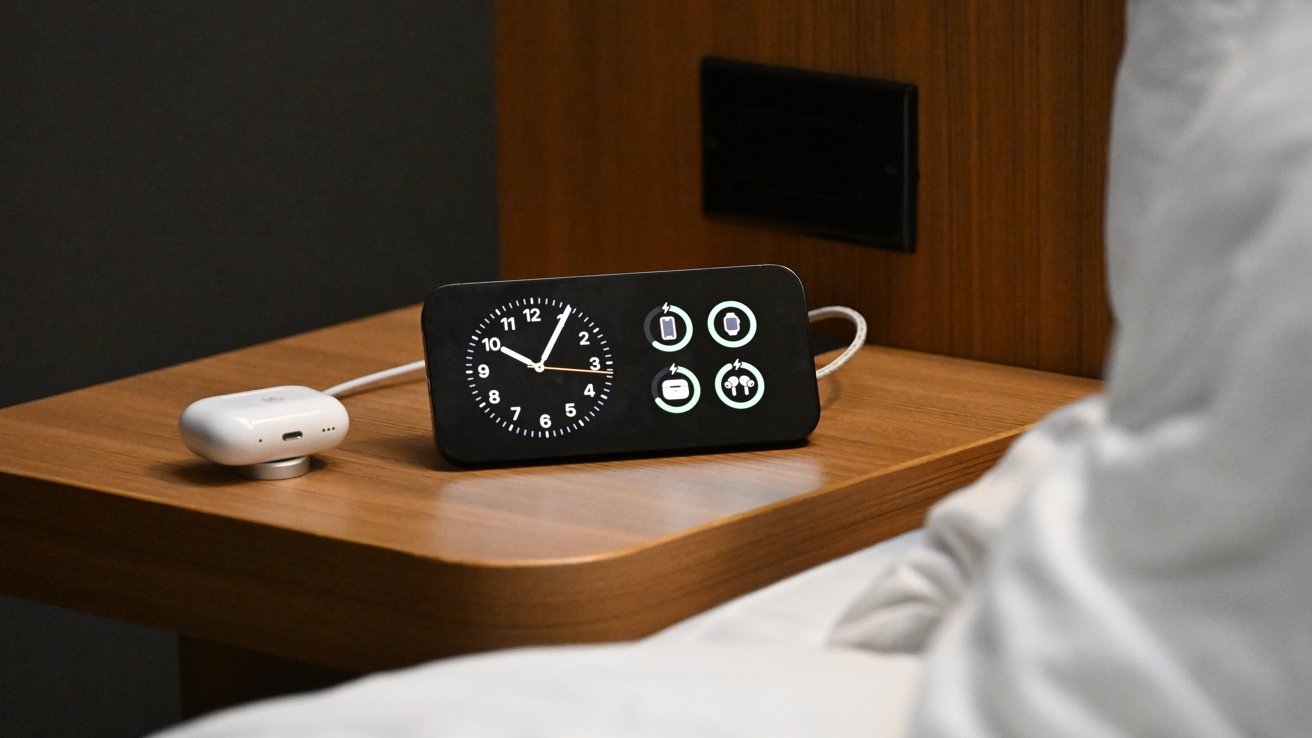
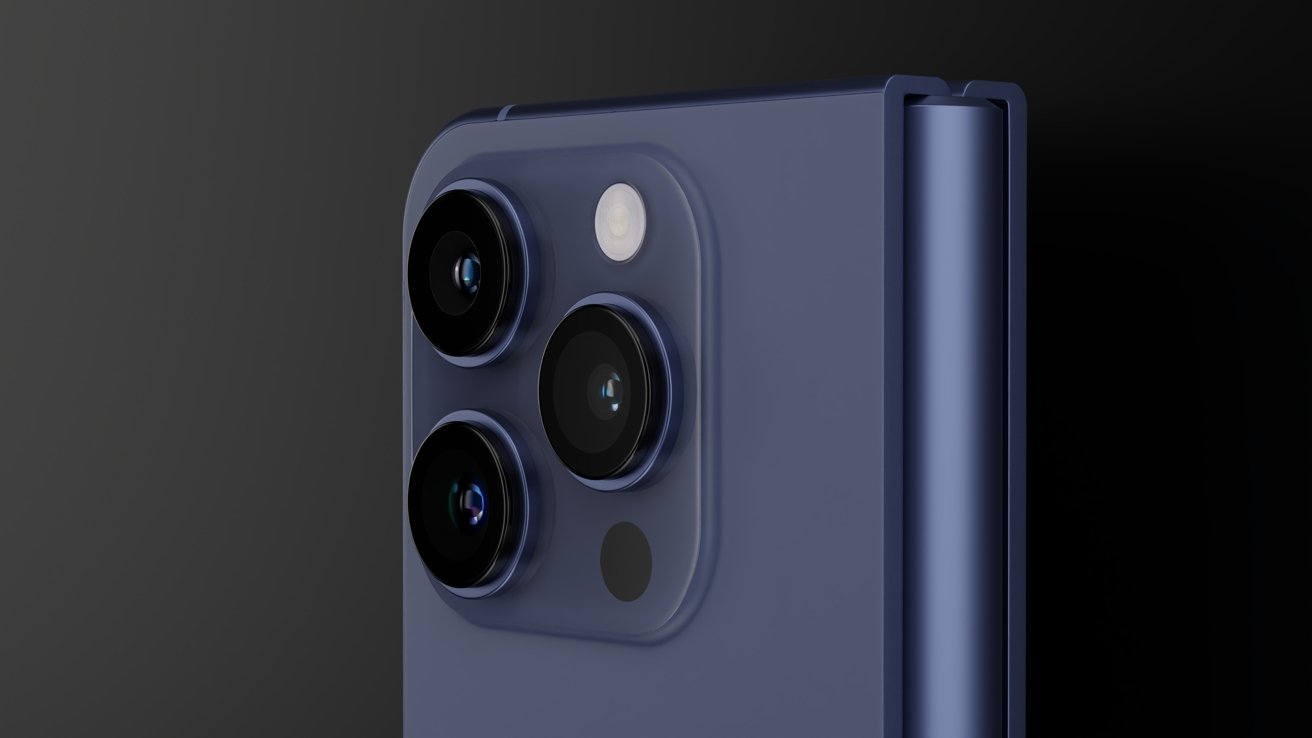
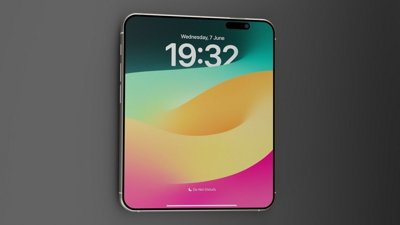
 Malcolm Owen
Malcolm Owen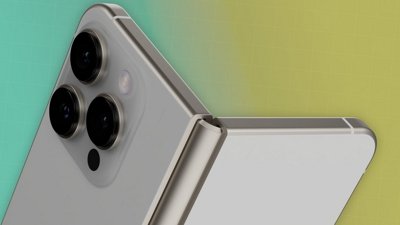
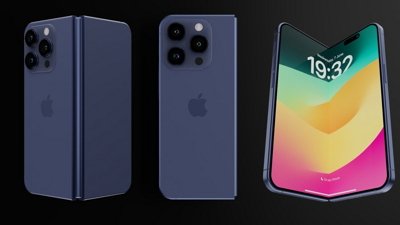
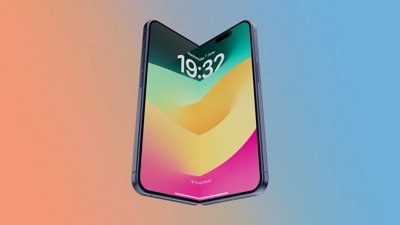
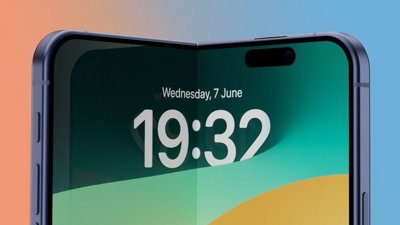
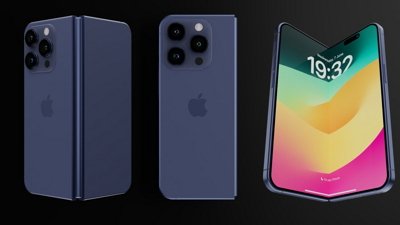
 Amber Neely
Amber Neely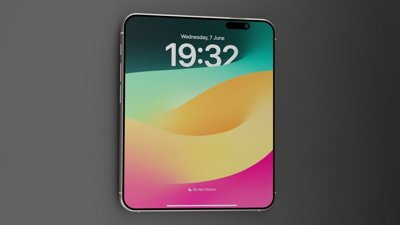
 William Gallagher
William Gallagher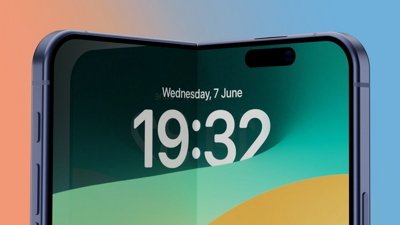
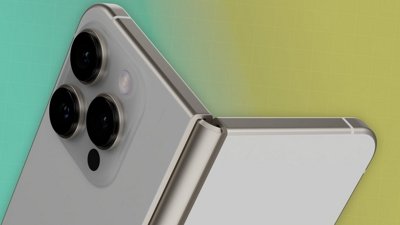
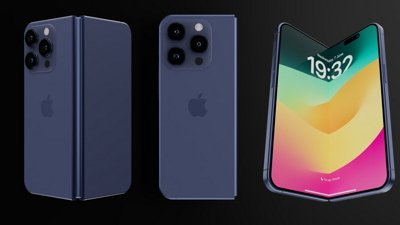
 William Gallagher and Mike Wuerthele
William Gallagher and Mike Wuerthele